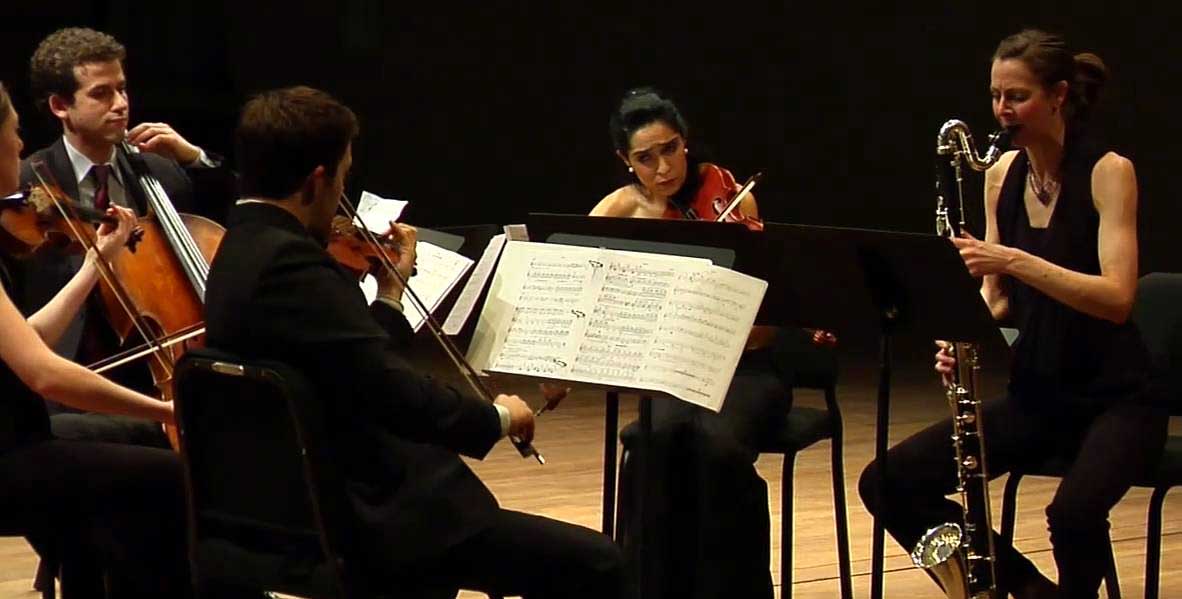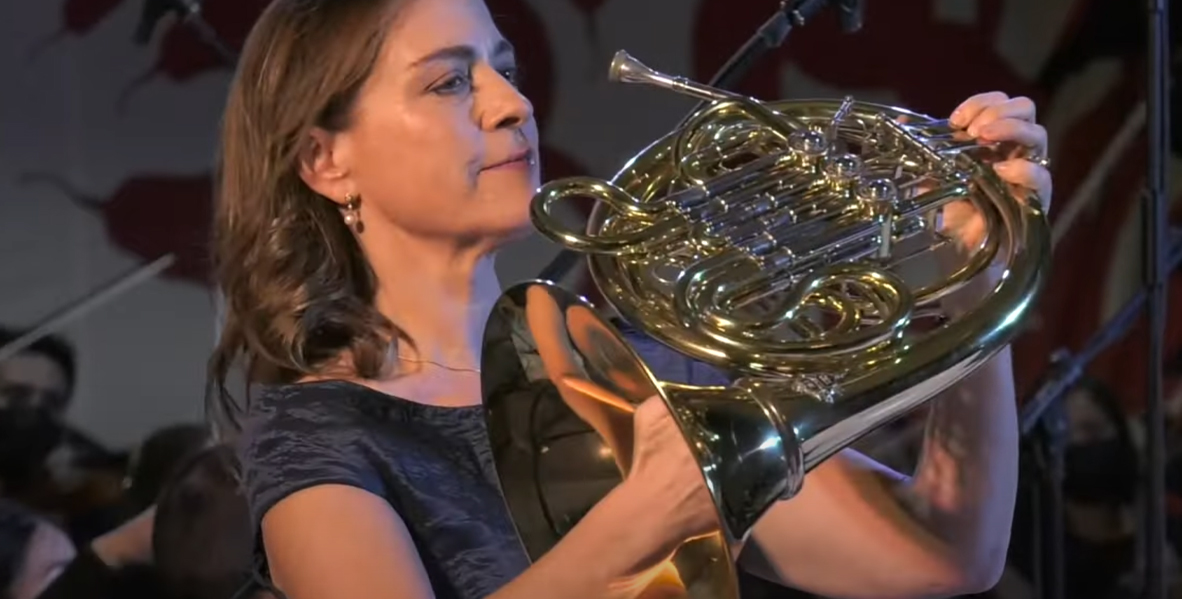
There have been great concertos written for many instruments, but somehow the piano concerto feels like the biggest of the concerto beasts. Perhaps this is because of the epic carrying power of a modern concert grand piano, perhaps because so many composers have also been great pianists.
There are many candidates for the greatest piano concerto, so we have had to work hard to whittle them down to the very greatest. They’re all pretty difficult to play, but luckily here on 8notes you will find not only the complete works, but also special easier arrangements so you can experience playing the best parts from them. This includes versions for solo line instruments such as the flute, violin and trumpet, so you don’t even have to be a pianist to experience these marvellous works. Just follow the links in the descriptions below.
Continue reading...

The violin sonata literature is so deep and rich that it is often difficult enough to choose a favourite sonata by a particular composer, let alone the top ten of all time. Yet whilst any such list is debatable, it is possible to identify certain works that represent the apex of the genre, the most musically profound, technically challenging of their type. Taken as a whole, these works trace the expressive journey of the instrument over two centuries. Continue reading...

The very essence of elegance, lyricism and subtle melancholy, Gabriel Faure’s Sicilienne, Op.78 (1893) is a masterpiece of the French Romantic period. At just four minutes to perform and prioritising expressivity over virtuosity, it has become a very popular work amongst cello players of intermediate and higher levels. Despite this, Sicilienne actually started life as a theatre work, with even the cello version not being the final version of the piece. Continue reading...

If you want human emotion laid bare, opera is your art form - despair, longing, joy, love, it’s all there. And within an opera the purest expression of this is the aria, where a singer will reflect upon or drive forward the drama in a solo song.
In the hands of a great composer an aria is a perfect marriage of text and music, often producing music of the profoundest beauty. Great arias tend to be the most celebrated part of any opera, so much so that musicians often choose to perform them as stand-alone concert pieces.
Here is our choice of the most beautiful of these magnificent works. Follow the links to find sheet music for your instrument and to practise with our exclusive backing tracks.
Continue reading...

Whilst learning any instrument is not easy, the piano does sometimes seem to have more than its fair share of technical challenges. If only there were some pieces by great composers that were not so hard to play but made you sound like an absolute pro…
The fact is, there are!
For those in the know, there are some works that sound absolutely brilliant, are played by even the most eminent concert pianists and yet they are surprisingly easy to master. Many early years pianists know this and use this secret knowledge to dazzle (and maybe intimidate) their fellow learners. We feel that this knowledge should be shared!
Here, then, is our picks of some of the best of these works. Prepare to dazzle your fellow musicians (without frazzling your fingers).
Continue reading...

The unkind butt of many a musical joke, the viola sometimes gets a bad press. But we think it’s one of the loveliest instruments in the orchestra—in its upper range almost as brilliant as the violin, it’s lower range utterly distinct: veiled, melancholic and mysterious.
Its role in the centre of an ensemble means that it hasn’t attracted so much of the limelight as a solo instrument down the years, but there are, nevertheless, some really wonderful works written for it. Here are five of the best.
Continue reading...

Down the centuries brass instruments have been the poor relation to strings and woodwind when it comes to ensemble music. Whilst there is a vast repertoire of chamber music for strings, and a fair amount that includes woodwind or is for woodwind specifically, many composers ignored the possibility of writing for brass ensemble, partly because for a long time brass instruments were plagued by technical limitations.
Despite this there are a handful of truly great ensemble works that were written for brass, or for precursors of modern brass instruments. Here are some of our favourites.
Continue reading...

Chamber music is the most intimate of art forms. Ensembles are, by design, small enough to fit into a room (or ‘chamber’) making it suitable for smaller gatherings or simply a form of entertainment between musical friends.
Whilst much chamber music focuses on strings, the clarinet has also been a popular chamber music instrument since its invention in the early 18th century. It’s both mellow enough to blend in, but distinct enough to add to the overall colour of an ensemble.
Here are our picks of some of the greatest chamber works that include clarinet, some of which may be surprisingly familiar. You’ll also find some exclusive arrangements of these works, so you won’t need to form your own chamber ensemble to play them!
Continue reading...

The French horn is one of the loveliest, most noble of instruments—Robert Schumann called it ‘the soul of the orchestra’, Hector Berlioz, said that it ‘is the voice of the hero, the poet, and the lover.’ It’s no surprise then to find that composers have chosen to write solo work for this marvellous instrument. Here are our picks of the absolute best. Follow the links to find copies of the sheet music. Continue reading...

Down the centuries the harp has been an instrument associated with images of heaven, with cherubim and seraphim strumming in celestial surroundings. In the hands of even an average player it is certainly capable of producing feelings of rapture, of transportation to a higher, more heavenly plane. It's not surprising, therefore, that many composers have been inspired to write for this most exquisite, most divine of instruments. Here are 10 of our favourite works.
Continue reading...